Then They Came for Me On 19 February, 1942, President Franklin D. Roosevelt signed Executive…
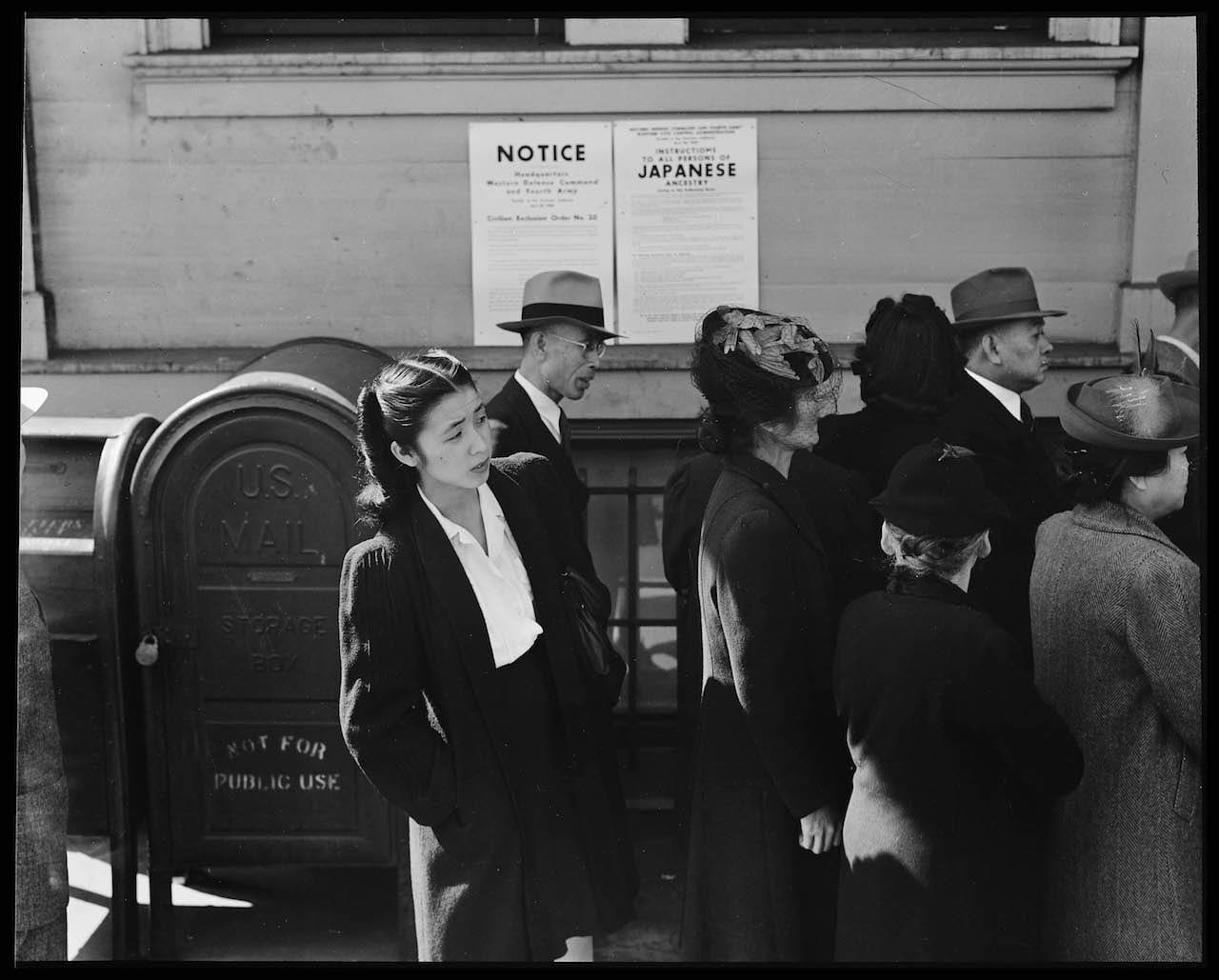

Then They Came for Me On 19 February, 1942, President Franklin D. Roosevelt signed Executive…
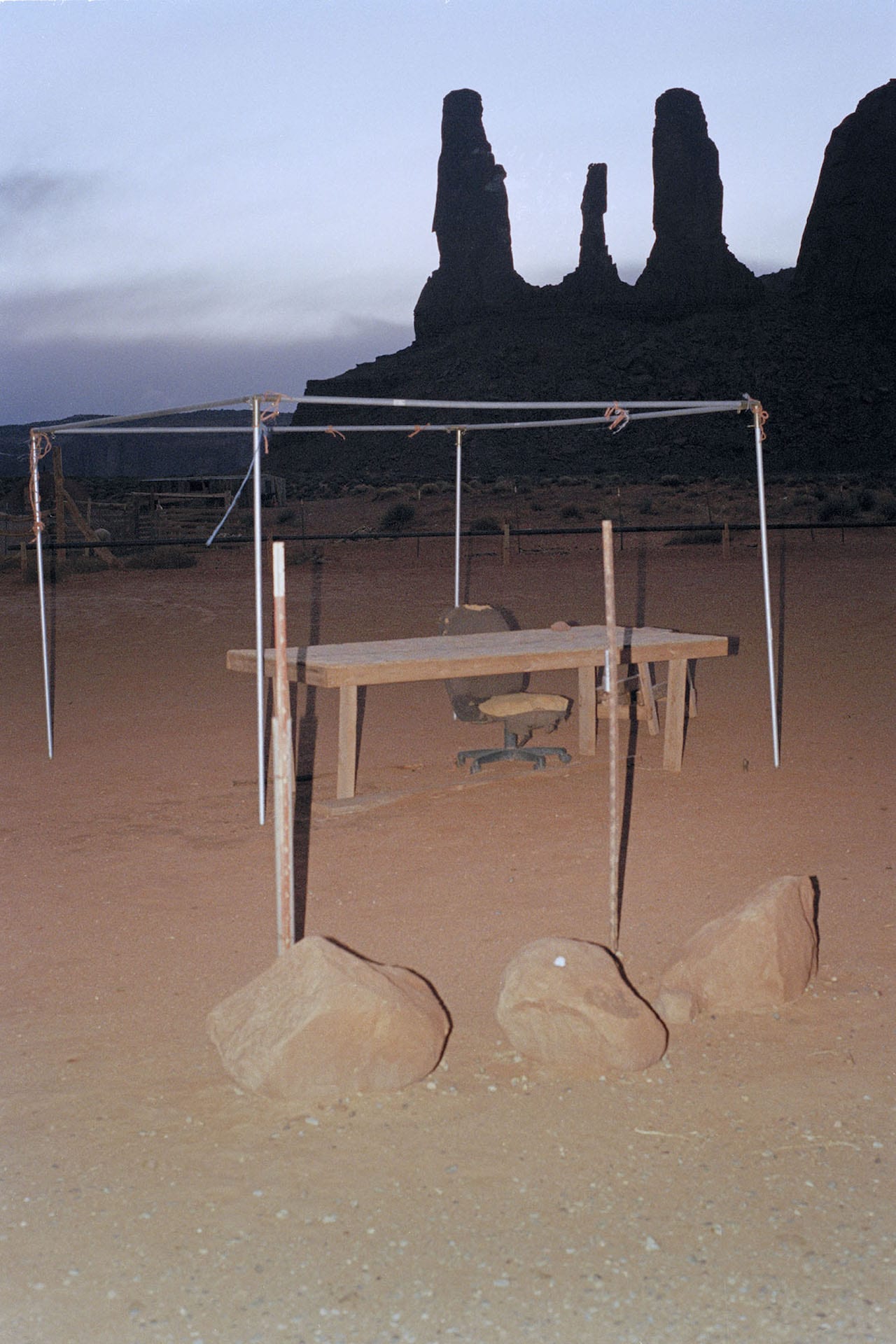
Publications we loved, and the big news stories from the last month in photobooks, including American Winter by Gerry Johansson, Void’s Hunger project, and JA Mortram’s Small Town Inertia
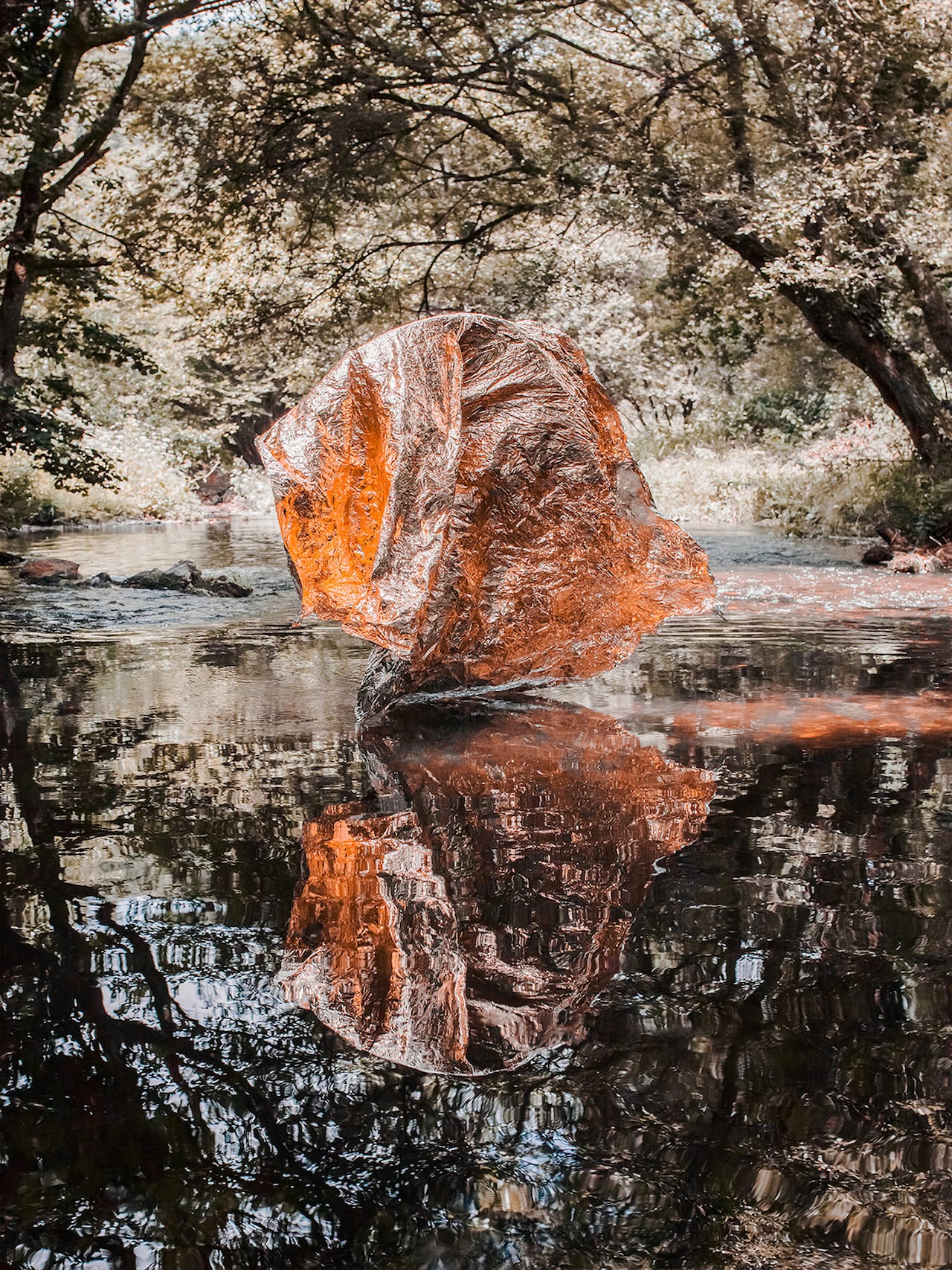
Born in 1981, French photographer Benjamin Deroche studied literature before becoming a photographer – and its mark can perhaps still be seen in his images’ ability to “dereal reality” as critic Françoise Paviot puts it. In his recent series Surnature and Baltica, for example, he creates installations within the landscape, contrasting the natural world with his constructed interventions.
Evoking the land art of Andy Goldsworthy or Nils Udo but resulting in appealing, richly-colour images, this work aims to help viewers question their vision of the world. “There are often very beautiful things in the exteriors of my image but I decide not to return them,” he says, “to leave them out of the field as if there existed a kind of magic to guess them.”
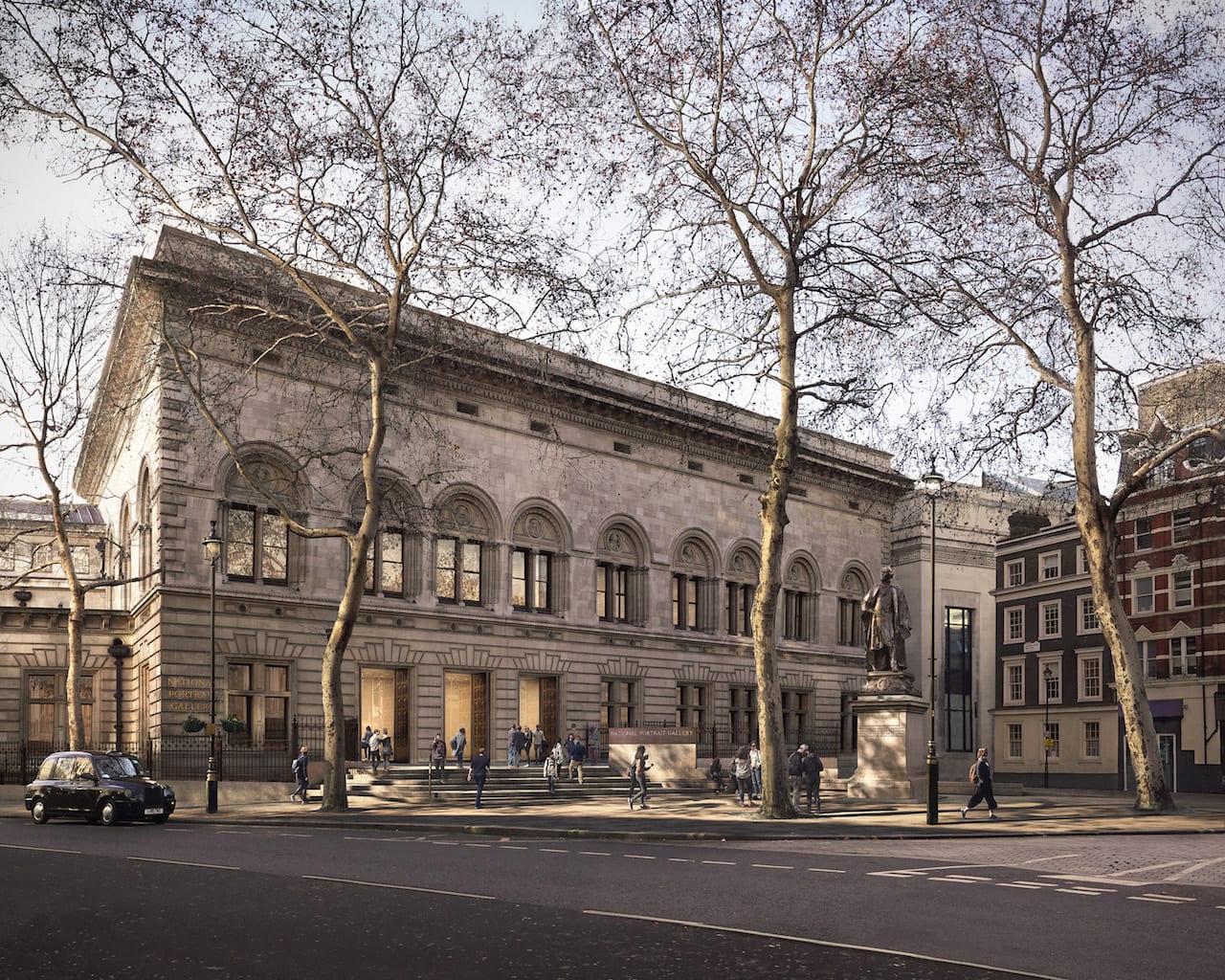
London’s National Portrait Gallery has revealed the first images of its proposed new design, part of a £35.5m redevelopment which is the biggest-ever at the building since it opened in 1896, and which would increase its gallery space by 20%.
The design, by Jamie Fobert Architects, proposes adding a new visitor entrance and public forecourt on the building’s north face, in addition to the existing entrance; it would also return the gallery’s East Wing to public use, and add new retail and catering facilities, and a new Learning Centre for visitors. The redevelopment would also see the gallery’s collection – which includes 250,000 photographs – redisplayed and reinterpreted across 40 refurbished galleries.
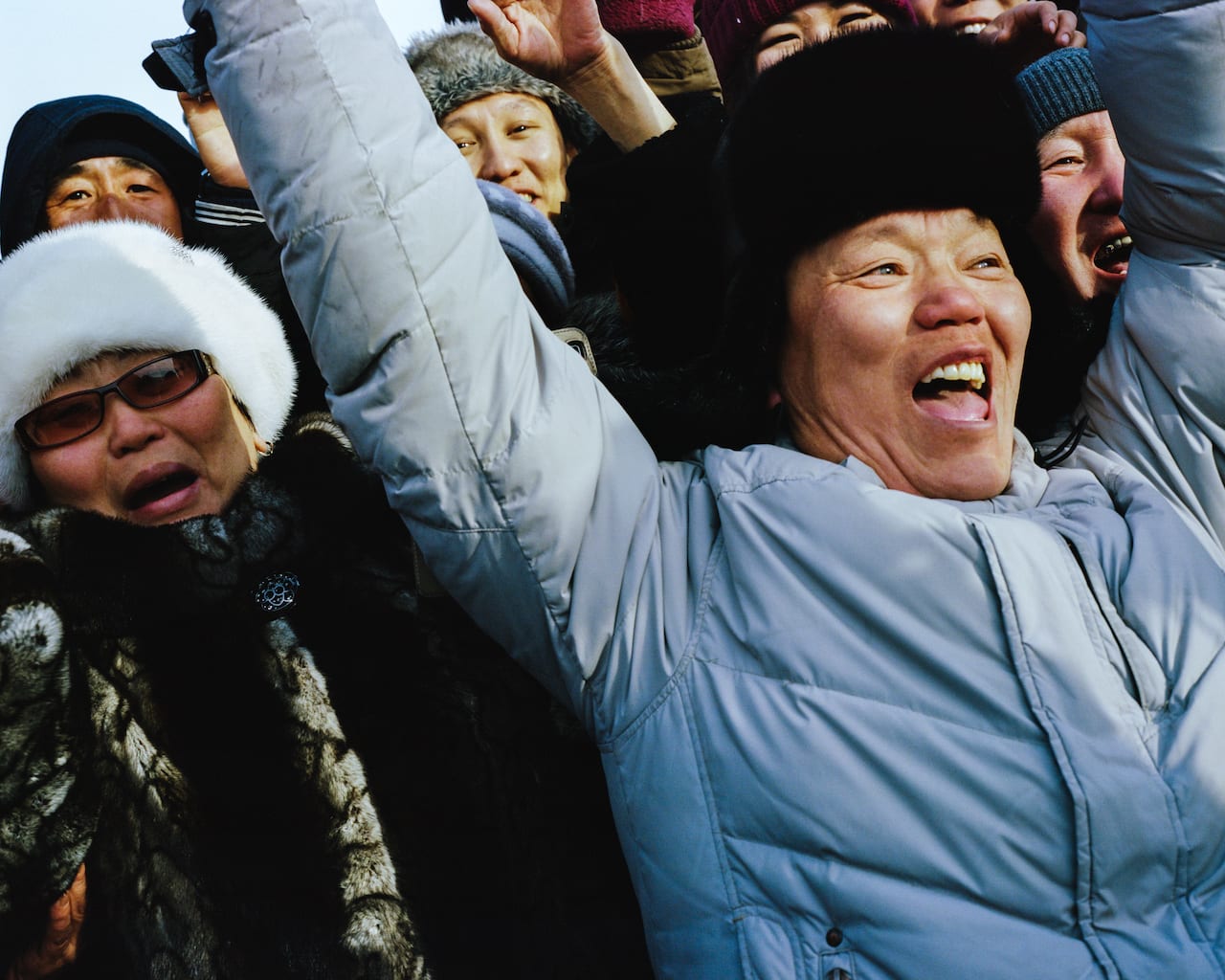
Though he was born in France, Alexis Pazoumian has long had ties with Russia. His grandfather, the painter Richard Jeranian, is originally from Armenia, and was among the first Western artists of his generation to go to Moscow in 1957, and then again in 1970, and then again for an exhibition in Novosibirsk in Siberia. “I grew up listening to the stories of his travels to this strange and far-away land,” says Pazoumian, “and it made me want to go there.”
Pazoumian’s uncle also adopted an Armenian girl after she was orphaned in the 1988 earthquake; this girl now lives in Yakutsk in the far north of Russia, so when Pazoumian heard about them, he decided he’d like to go to visit. “I was very well-received by this family,” he says. “They helped me throughout my stay.”
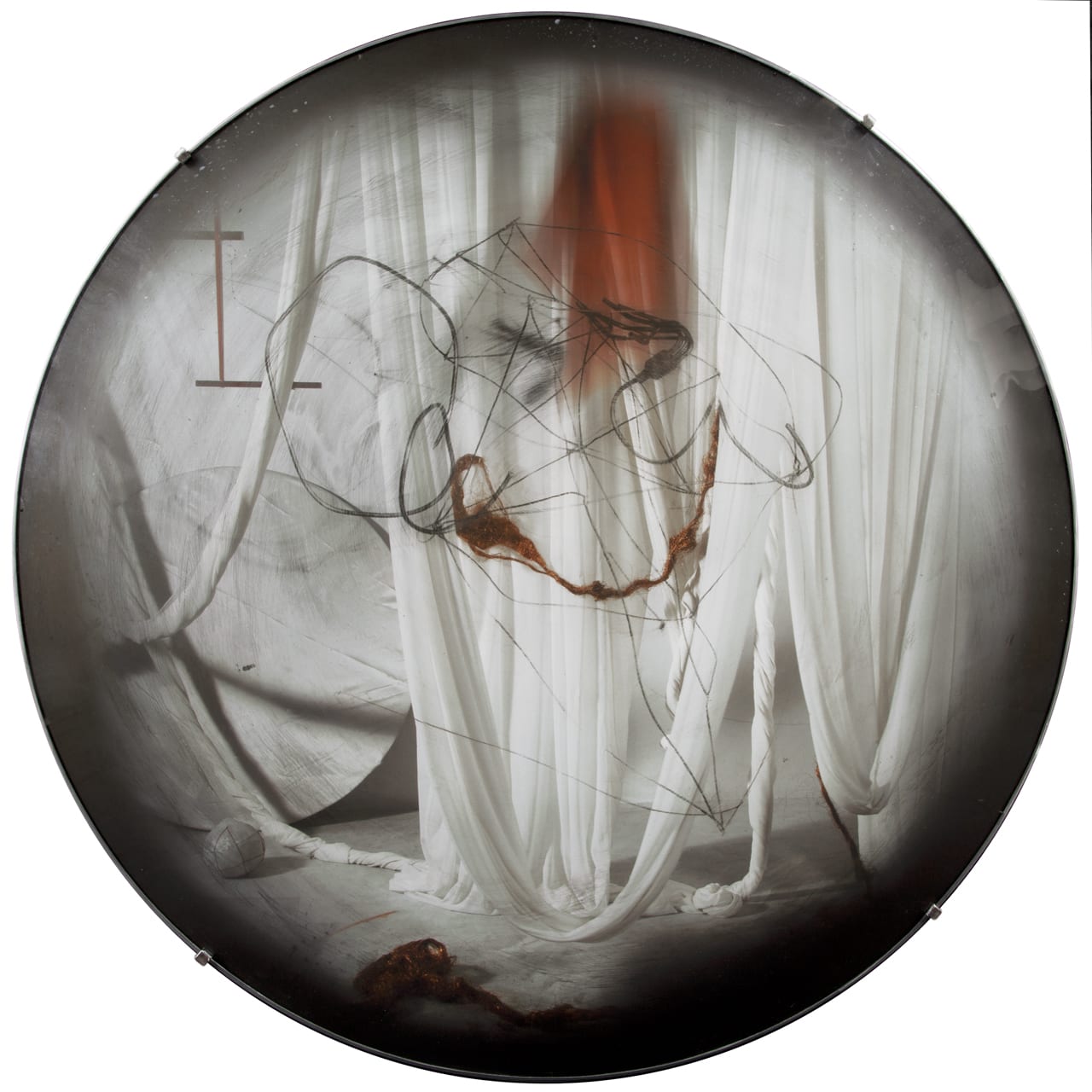
Born in Poland, educated in Switzerland, resident in Caracas, Venezuela from 1975-83, and now living in Paris, Gabriela Morawetz is a truly global citizen and artist, who has exhibited in galleries and museums across North and South America and Europe, including the Chicago Cultural Center, the Gallery of Modern Art in Lodz, Poland, The Recanaty Foundation Museum in Israel, and the Museo de Arte Contemporaneo in Caracas.
Even so, she creates her own worlds in her photography, microcosms in which most of the elements are literally made by her. Her latest show, Unwägbarkeiten / Imponderables, features a series of images using painting, canvas, glass, metal, and reflections, drawing on her background in painting, sculpture, and engraving, which she studied at the Academy of Fine Arts in Krakow before moving into photography.
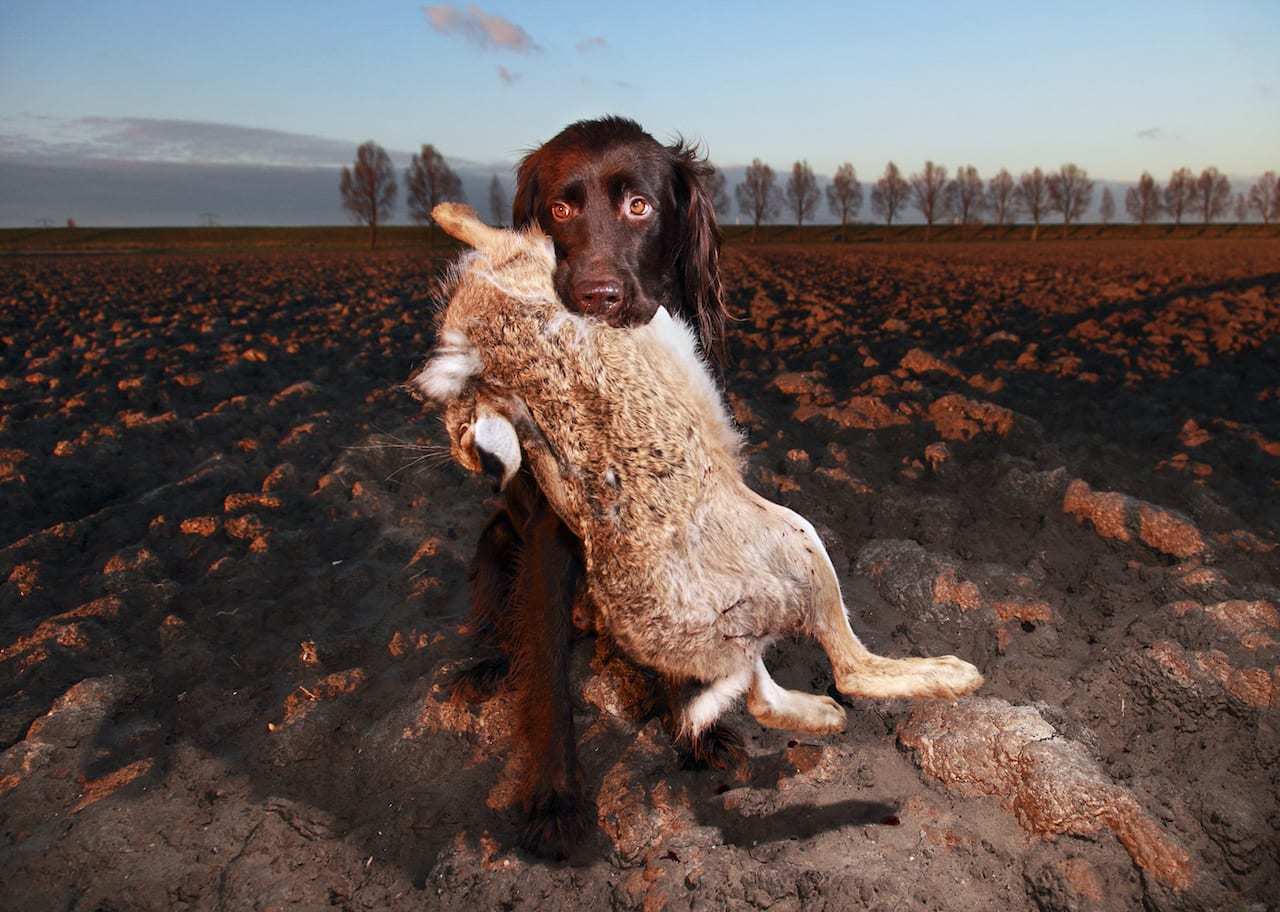
Born in Amsterdam in 1983, Isabella Rozendaal has been photographing animals since her student days at the Royal Academy of Arts in The Hague. Her book Animalia Amsterdam: Pet Portraits features over 100 images, and her new book and exhibition, Isabella Hunts: Photographing Hunting Cultures, shows images of hunters and prey from around the world shot over the last 12 years.
Focusing in on the Nukini people in the Brazilian Amazon (for whom hunting is as mundane as going to the supermarket), to European hunting rites (traditions which are a product of old aristocratic rituals), to American enthusiasts (shaped by the Romantic, pioneer wilderness ideal but supported by a vast commercial hunting industry), her images seek to question our concept of nature and our place in the food chain.
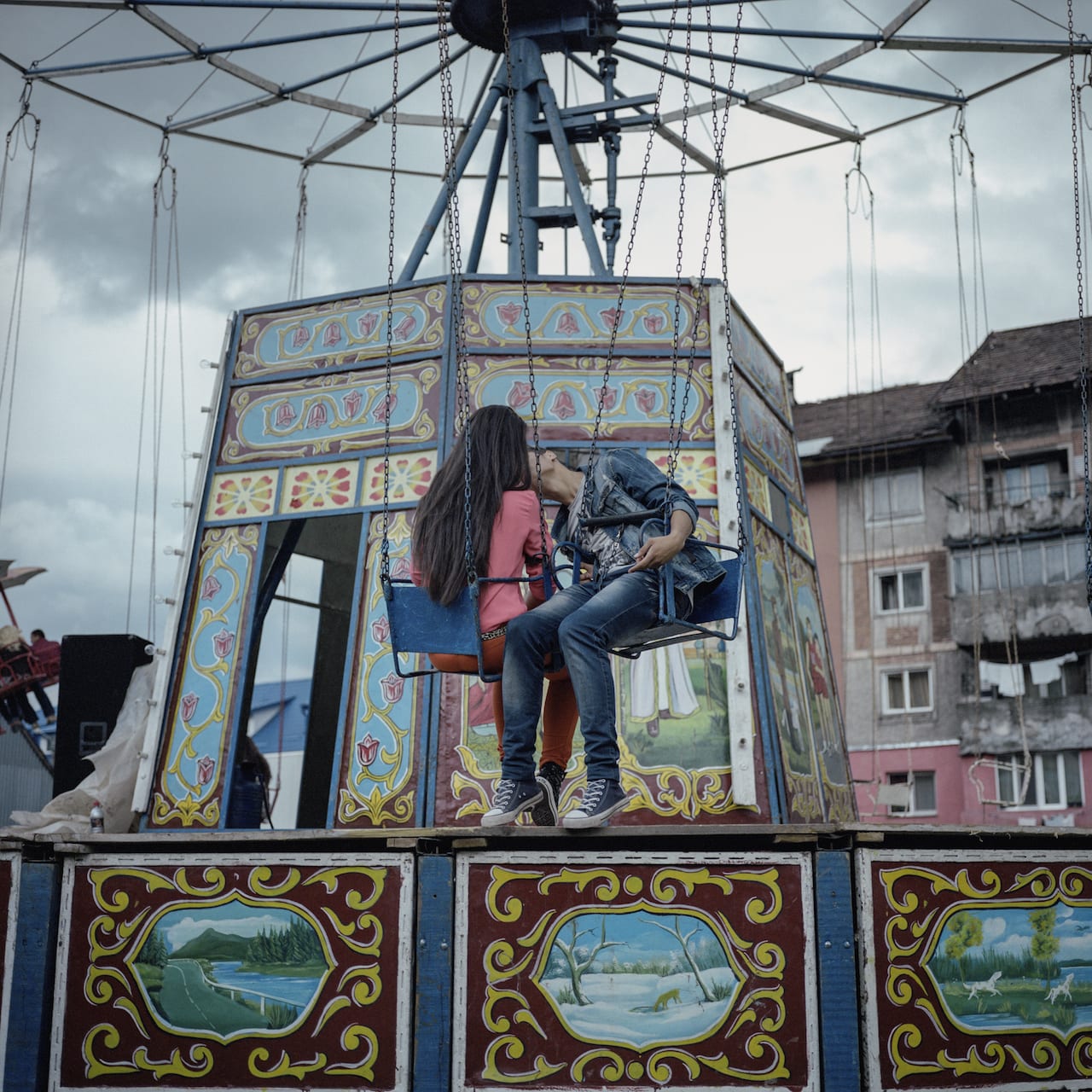
Our pick of the key stories from the past week, including Paris’ Circulation(s) festival of emerging European photography, the first-ever Kyiv Photo Book festival, and Todd Hido’s Bright Black World
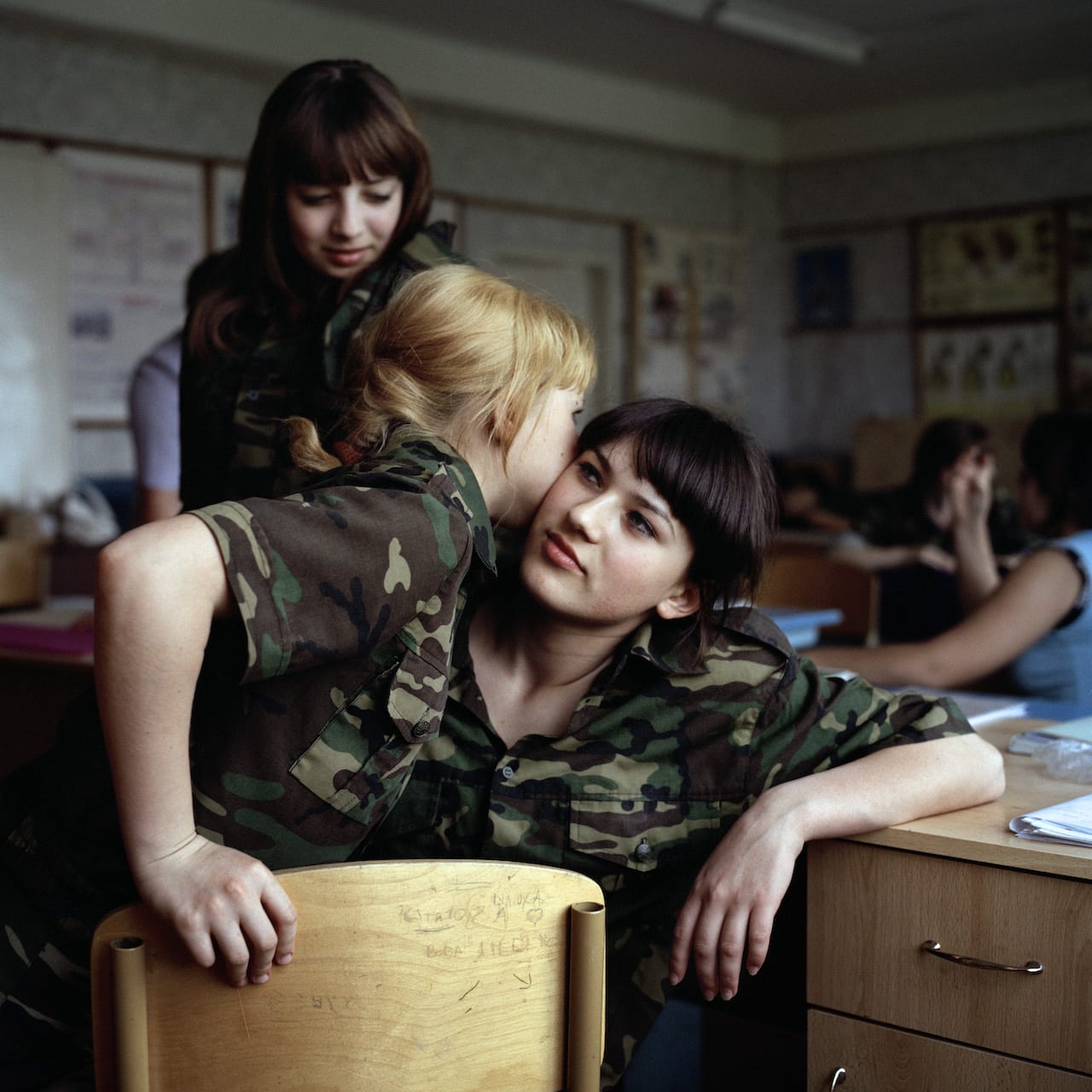
“She hangs around with us after school even though we make it clear she bores us. We whisper nonsense and pretend to laugh at jokes so she laughs too, and we ask, ‘What’s so funny?’ to watch her squirm. She knows we are mean, and yet still she follows along behind. ‘Like a dog,’ we say, loud enough for her to hear.”
On athousandwordphotos.com this is the start of the text accompanying an image of Russian army cadets by Anastasia Taylor-Lind – but it’s not a direct quote from one of the young women depicted. Instead it’s a work of fiction by author Claire Fuller, inspired by the image but written without any knowledge of the circumstances in which it was shot.
It’s the same with the story that accompanies Karim Ben Khalifa’s photograph of a sofa, which was taken in war-torn Kosovo in 1999. In real life, the sofa had been looted and therefore set on fire by French peace-keepers to discourage further looting. But in author Dan Dalton’s hands, it’s set on fire by a 17 year old, who had spent happy hours with a slightly wayward group of friends hanging out on the abandoned couch. Meanwhile a photograph taken by Dungeness nuclear power station by Phil Fisk, inspired Lydia Ruffles to write a short story about a worker called Tomo who’s afraid of the sea.
Pairing documentary photography with fictional writing isn’t new – in fact it’s become quite a trend, with image-makers such as David Goldblatt, Vasantha Yogananthan, Max Pinckers, and Dayanita Singh – among many more – all playing with the combination in recent years. But the examples above come from quite a different project, set up to support Interact Stroke Support – a London-based charity that organises sessions in which actors read to recovering stroke patients.
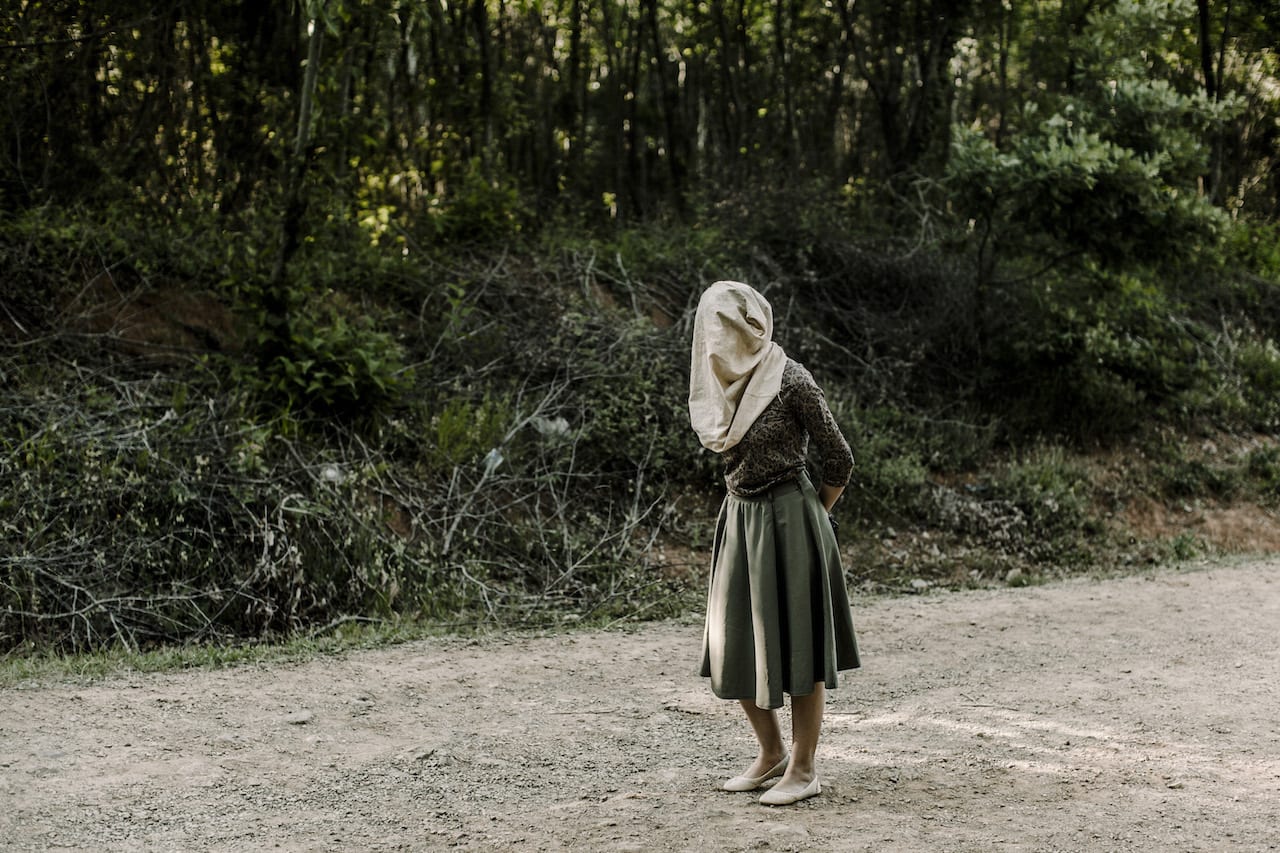
Taking a new approach to documentary photography after a near-death experience in Libya, Guy Martin captured Turkey’s fantasies and created a series which was recently published by GOST. “To not learn from that event in April 2011, I couldn’t do that to myself,” he says. “I couldn’t justify it to my family, I couldn’t be put in that same situation again,” he says. “The starting point was to take control of my photography, to use my photography instead of letting it use me.”